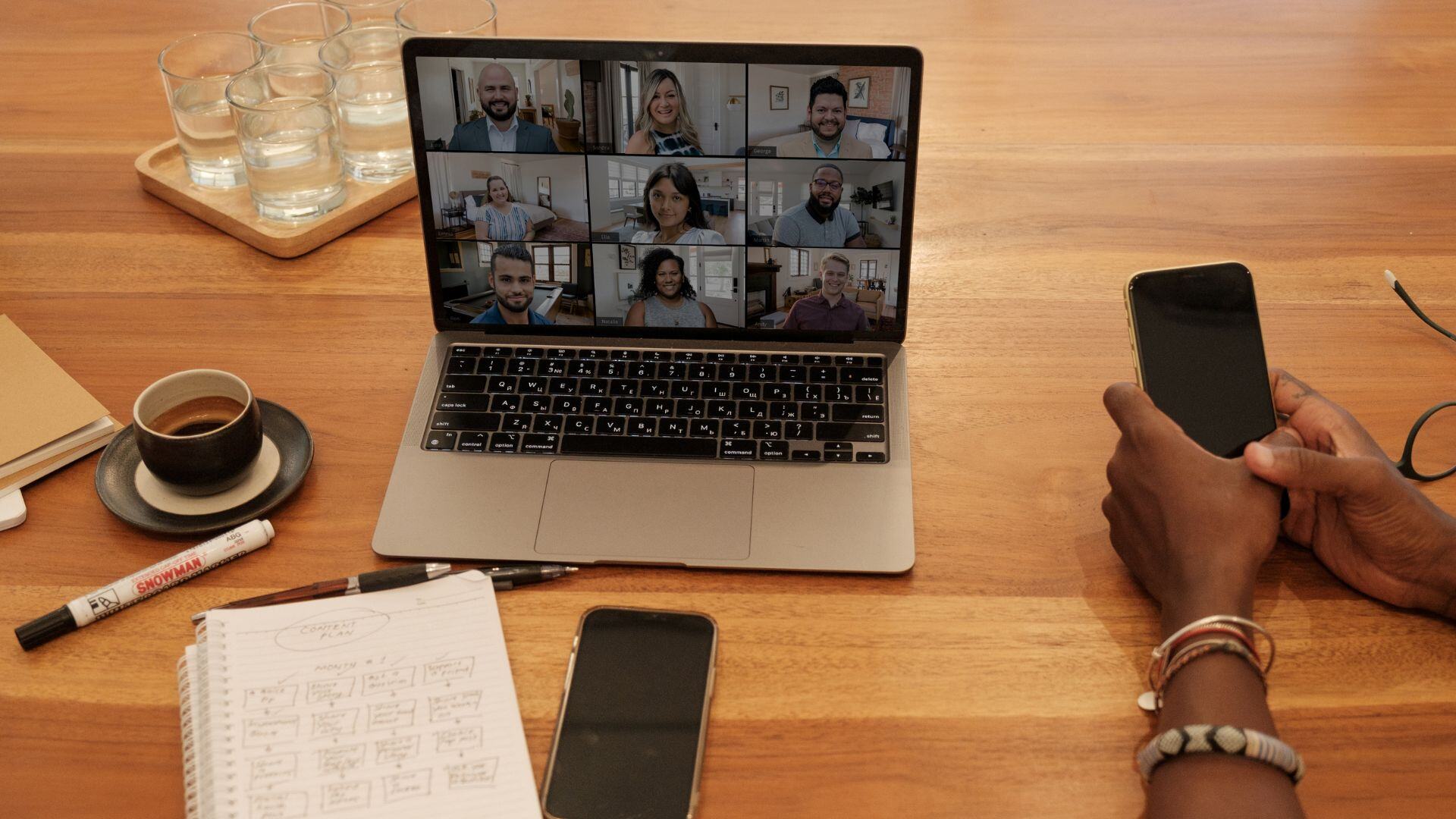The world of tradeshows and in-person events has been turned upside down in the past year. Even though we've adapted to "digital tradeshows" and virtual events, we are hopeful that soon we'll be able to transition back to meeting in-person and attending events. When that time comes, you want to ensure you have a strong event marketing strategy in place and that the budget for your events is approved.
The following list of tips will help you prepare so you can make the most out of your marketing dollars!
1. Define Your Event Strategy
Depending on your industry, there could be an overwhelming number of events and tradeshows that you can participate in. One of the most critical pieces is understanding who your audience is and what you want to get from your tradeshows attendance. Based on the audience, you could be running into the same people over and over again. However, you should have some goals set out for each event you attend. Perhaps your goals are to scout your competition, generate new leads, close potential deals, or form strategic partnerships. Depending on the event you are attending, it is crucial to determine what these goals are for that specific event and then to set some benchmarks or KPI's (Key Performance Indicators) to measure your success and get the most ROI from your event.
2. Selecting Your Events
As budgets can be limited, we sometimes have to be "picky" when considering what events we want to participate in. Some factors in selecting the best tradeshows include the cost, the average attendance, exhibitor availability, looking if your competition is attending the event via the exhibitor list, and how you have historically performed against your KPI's from the event. Getting some great leads or closing deals at this event in previous years are other good factors to consider when selecting events.
3. Booth Placement
There can be many options for exhibitors at events, and the cost for booth space can vary dramatically. It is usually a good bet to purchase booth space along major cross-sections of the venue or where there would be significant foot traffic. If the event is large enough, study the map's layout and determine where the key areas are, such as food, restrooms, speaking engagements, and entrances and exits. Once you get a good lay of the land, it is also essential to determine if your competition is attending and where their booth might be. It usually is a good idea not to be right next to competitors since a lot of selling can happen at events, and you don't want to be competing over the same potential customers.
4. Booth Requirements
When selecting a booth space, you want to make sure your actual booth will fit well within the area. If the goal is to have people come into your booth to strike conversations, you will want to make sure the space is open and engaging, allowing people to linger and ask questions. Maybe you'd like some tables so people can sit down and work or offer some free refreshments so people can stay. Having a charging station to let people charge their electronics is another way to bring people into your booth. However, suppose your strategy focuses on having private conversations and closing deals. In that case, you might want to consider your setup having space with closed doors so agreements and transactions can be discussed privately.
5. Booth Setup
Now that you've set your goals for the event, determined your participation level, and reserved your space, you need to map out your booth's setup. An easy way to do this is to draw out a diagram based on the booth space's dimensions and start placing your tables, walls, and other items accordingly. For example, if your goal is to bring as many people into the booth as possible and have it open, then you will want to ensure there aren't many walls blocking access into your space so attendees can quickly and easily enter your booth. Another example is if you're going to offer concessions of any kind such as coffee or beverages, which could be a big draw to your booth, make sure your space can fit what you want to offer and achieve.
6. Marketing Materials
One of your main event goals should be lead generation and lead capture. As people come into your booth, it's crucial to have a clear idea on what you want their experience to be like. Your space should always reflect that experience. Having marketing materials such as flyers or pamphlets is always a good bet. However, you might want to consider offering marketing materials digitally, allowing them to get what they need while reducing paper costs and waste. Even more importantly, this method will enable you to capture their information and then include them into your lead pipeline to work with after the event.
7. Market Your Booth
Some events also provide sponsorship or advertising opportunities. When selecting a booth space, it is vital to take advantage of the offerings if they are included. Some of these opportunities might be the advertising on their site, in their event guide, or even an email out to the attendee list. Whatever the marketing opportunities might be, you will want to ensure your advertising/creative also mentions the booth space you are occupying. Having your booth space advertised helps attendees know you are exhibiting and allows them to plan to come to your booth by mapping out where you are located.
8. Have a Plan to Capture Attendees
Once the event is complete, you should have gathered many new leads and should be ready to implement a post-event strategy to begin working all the new prospects that entered your pipeline. You will also want to take a moment to measure your event's success against your set goals and KPIs to determine how you performed and whether the event was worth your time and effort. Lastly, take a deep breath and reflect on what worked and what didn't so you can make necessary adjustments for your next event!







